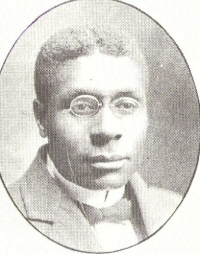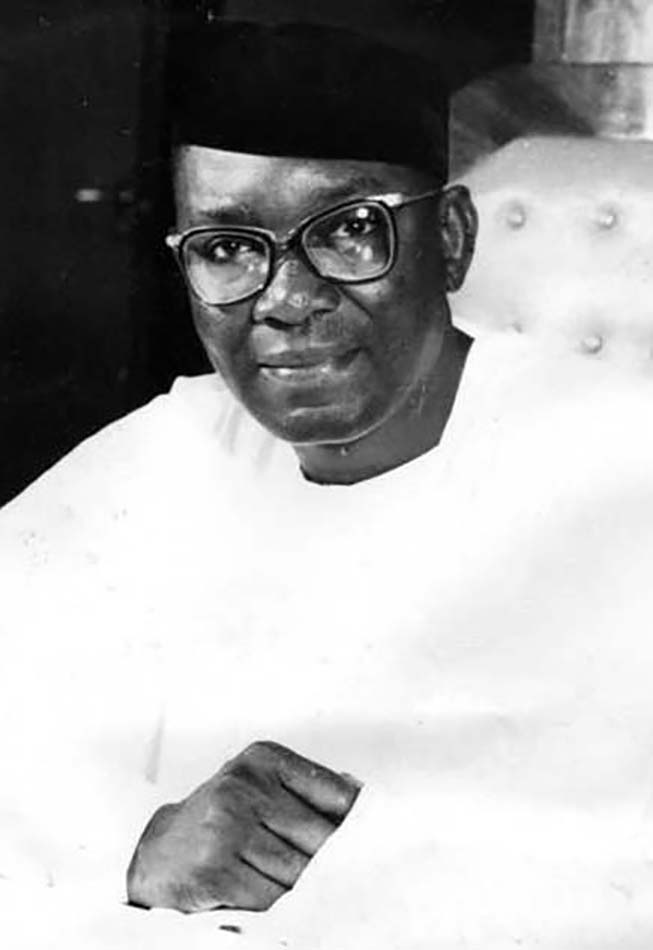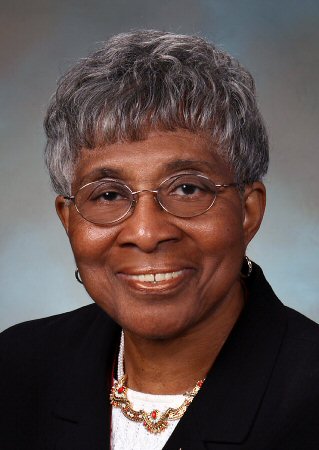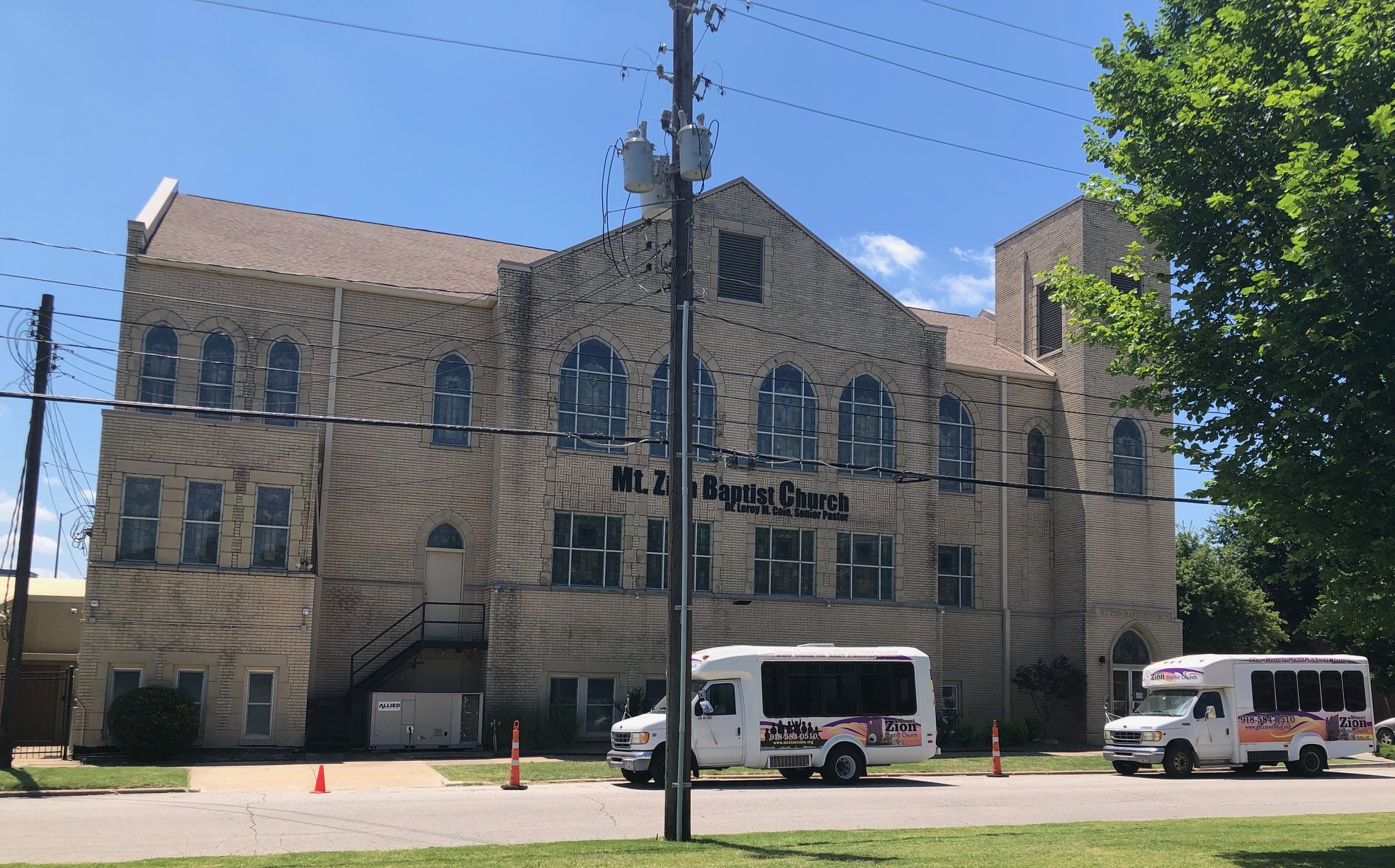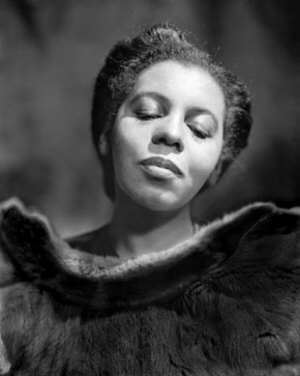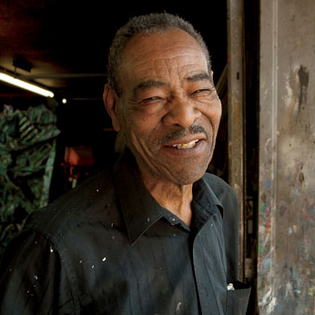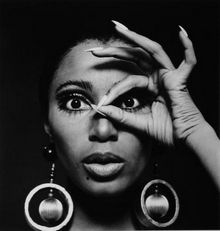In the article below, Carlton McLellan, PhD, a senior fellow at the Association for Diplomatic Studies and Training (ADST), briefly describes the history of the more than one hundred and forty black women and men who have led diplomatic delegations as U.S. Ambassadors in ninety-five nations around the world.
Since 1949, 149 black Americans have served as U.S. ambassadors. Prior to 1949, they had served as official U.S. diplomats as ministers, envoys, Foreign Service officers, or consuls as far back as the mid-nineteenth century. Some historians claim the first black American diplomat was Ebenezer Don Carlos Bassett, who was appointed minister to Haiti by President Ulysses S. Grant in 1869, but others have suggested it was William Alexander Leidesdorff, who was appointed vice consul in Yerba Buena, Mexico, (today’s San Francisco) on October 29, 1845. Basset was appointed by a U.S. president whereas Leidesdorff was appointed by the Tomas O. Larkin, the U.S. consul in Monterey, Mexico. Regardless of whose argument one accepts, or what interpretation of a diplomat these instances utilize, it is clear that black Americans’ official involvement and leadership as representatives of the country in its relations with foreign nations began well before the twentieth century.
No account of black American history in U.S. foreign and diplomatic affairs would be complete without reference to certain trailblazers like Frederick Douglass, Dr. Ralph Bunch, General Collin Powell, or Dr. Condoleezza Rice. Dr. Bunche is perhaps the most prominent twentieth-century example of this elite class of black diplomatic leaders. He won the 1950 Nobel Peace Prize for his efforts in mediating a series of armistice agreements between four Arab states (Egypt, Jordan, Lebanon, and Syria) and Israel. During his career at the United Nations, Dr. Bunche also played a significant role in mediating several other international conflicts and developing international peacekeeping techniques and policies. Although he never held the official title or rank of U.S. ambassador, he certainly positively impacted the road that later black ambassadors would follow.
Since 1893 when the title of ambassador was first officially used in U.S. diplomatic history, there have been more than two thousand two hundred Americans who have held this title and rank. Only 149 of those have been black Americans. The first American ambassador of African descent was Edward Dudley who at age thirty-eight was first appointed by President Harry Truman as minister to Liberia. Upon elevation of that mission to full embassy status, Dudley was elevated to the rank of U.S. ambassador to Liberia in 1949. Every U.S. president since then has appointed at least one black American as a U.S. ambassador.
These ambassadors have come from all walks of life. Their higher education backgrounds range from small community colleges to large public research institutions, Ivy League universities to historically black colleges and universities (HBCUs), U.S.-based universities to universities abroad, as well as women’s universities and the military academies. This educational diversity is also matched by their professional diversity since these ambassadors have been drawn from the academy, from corporate America, from public office, from entertainment, and even from the pulpit.
As ambassadors, black Americans have been appointed to lead U.S. diplomatic delegations in ninety-five nations. They have also represented U.S. interests before the United Nations and other international or regional organizations, and have led the strategic initiatives to combat terrorism, prosecute war crimes, promote trade, and promote religious freedom. At least forty have been appointed on two or more different occasions to multiple postings, bringing the total amount of times a black American has successfully been appointed to a total of 209. Click here for a full listing of all 149 black American ambassadors. Included among their ranks are fifty-two women and ninety-seven men, with their ages at the time of their appointments ranging from thirty-eight to seventy-two years old. These included the eldest, George Haley, age seventy-two (The Gambia, 1998) and youngest at age thirty-eight, which included Edward Dudley (Liberia, 1949), Anne Forrester Holloway (Mali, 1963), and, J. Steven Rhodes (Zimbabwe, 1989).
Black American ambassadors have hailed from virtually every region of the United States, the islands of the Caribbean, and the African continent. For example, the first ten were from ten different states representing the South, the Midwest, and the Northeast. This includes: Edward Dudley: South Boston, Virginia; Jessie Locker: College Hill, Ohio; Richard Jones: Albany, Georgia; John Morrow: Hackensack, New Jersey; Clifton Wharton, Sr.: Baltimore, Maryland; Mercer Cook: Washington, DC; Carl Rowan: Ravenscroft, Tennessee; Clinton Knox: New Bedford, Massachusetts; Hugh Smythe: Pittsburgh, Pennsylvania; and Franklin Williams: Queens, New York.
The Caribbean gave birth to several black Americans who would become U.S. ambassadors. Elliott Skinner (Upper Volta, now Burkina Faso, 1966) was born in Trinidad & Tobago; Terrence Todman (Chad, 1969; Guinea, 1972; Costa Rica, 1974; Spain, 1978; Denmark, 1983; and Argentina, 1989) in St. Thomas; Melvin Evans (Trinidad & Tobago, 1981) in St. Croix; Betty King (USUN/ECOSOC, 1997; USUN/Geneva, 2010) and Roy Austin (Trinidad & Tobago, 2001) were both born in St. Vincent and the Grenadines; and, Roland Bullen (Guyana, 2003) in Grenada. Three were born in Africa: Daniel Yohannes (Organization for Economic Cooperation and Development, 2013) in Ethiopia, while two others, Tulinabo Mushingi (Burkina Faso, 2013) and Patrick Gaspard (South Africa, 2014) were both born in Zaire, now the Democratic Republic of Congo.
Politically, Democratic presidents have appointed eighty black Americans to their first ambassadorial appointments, while Republicans have appointed sixty-nine. At least eighteen of the 149 black American ambassadors were appointed by both a Democrat and a Republican president to one of their multiple postings, demonstrating that ambassadorial appointments of individuals do not always happen only along partisan lines. As Table 1 illustrates, President G. W. Bush tops this list as he accredited a black American on forty-four occasions during his presidency. President Obama, nearing the end of his term, has so far appointed a black American on forty-two occasions to an ambassadorial posting. Of the fifty-two black women who have served as U.S. ambassador, President G. W. Bush appointed the largest number of them, doing so on twenty-three occasions during his presidency.
| Table 1: Appointment of Black Americans to the Ambassadorship by U.S. Presidents | |||
| President | Years in Office | Political Party | # of times appointed a black American asU.S. ambassador |
| Truman | 1945 – 53 | Democrat | 1 |
| Eisenhower | 1053 – 61 | Republican | 3 |
| Kennedy | 1961 – 63 | Democrat | 3 |
| Johnson | 1963 – 69 | Democrat | 9 |
| Nixon | 1969 – 74 | Republican | 12 |
| Ford | 1974 – 77 | Republican | 5 |
| Carter | 1977 – 81 | Democrat | 16 |
| Reagan | 1981 – 89 | Republican | 18 |
| G. H. Bush | 1989 – 93 | Republican | 16 |
| Clinton | 1993 – 2001 | Democrat | 40 |
| G. W. Bush | 2001 – 09 | Republican | 44 |
| Obama | 2009 – present | Democrat | 42 |
| TOTAL | 209 | ||
Terrence Todman holds the distinction of being the black American who served as U.S. ambassador on the most occasions, six. In fact, among all U.S. ambassadors only Ambassador Thomas Pickering, who was U.S. ambassador to seven different postings, has been appointed more times than Ambassador Todman. He also holds the distinction of being the black American with the largest number of different presidents appointing him as U.S. ambassador, including Nixon, Ford, Carter, and Reagan. Five others were appointed by at least three different presidents across partisan lines:
- William Beverly Carter: Nixon (Tanzania, 1972), Ford (Liberia, 1976), and Carter (At-Large, Liaison with State and Local Governments, 1979)
- Edward Perkins: Reagan (Liberia, 1985 and South Africa, 1986), G. H. Bush U.S./U.N. New York,1992), and Clinton (Australia, 1993)
- Johnny Young: G. H. Bush (Sierra Leone, 1989), Clinton (Togo, 1994 and Bahrain, 1997), and G. W. Bush (Slovenia, 2001)
- Arlene Render: G. H. Bush (The Gambia, 1990), Clinton (Zambia, 1996), and G. W. Bush (Cote d’Ivoire, 2001)
- Pamela Bridgewater: Clinton (Benin, 2000), G. W. Bush (Ghana, 2005), and Obama (Jamaica, 2010)
As Table 2 below illustrates, the decade between 2000 and 2009 was the ten-year period where the most black Americans were appointed as ambassadors and accredited to specific countries or international organizations.
| Table 2: Black Ambassadorial Appointments Per Decade | |
| Decades | Number of Appointments |
| 1940s | 1 |
| 1950s | 3 |
| 1960s | 15 |
| 1970s | 28 |
| 1980s | 25 |
| 1990s | 47 |
| 2000s | 55 |
| 2010 + (at time of writing) | 36 |
| TOTAL | 209 |
Black Americans have served as U.S. ambassadors in every world region, in over one hundred different countries and international organizations, or overseeing specific foreign policy priorities. The countries of Africa south of the Sahara have by far had the most black Americans as U.S. ambassadors as one has been accredited to a country in this region on 127 occasions. Black Americans have served as ambassadors to all but two – Angola and Mauritania – of the nations of sub-Saharan Africa.
No other region comes close in representation. Black ambassadors have served on fifteen occasions in East Asia and the Pacific, fifteen occasions at various posts in the United Nations or other international organizations, fourteen occasions in Europe and Eurasian countries, twelve in Caribbean countries, nine in countries of Central and South America, seven in countries in the Near East/North Africa, and six at-large or other ambassadorial appointments. With only three black Americans serving as ambassadors, South and Central Asia is the world region that has seen the least number of black Americans as ambassadors: Harry Thomas Jr. (Bangladesh, 2003), Pamela Spratlen (Kyrgyzstan, 2011), and Marcia Bernicat (Bangladesh, 2014).
Several of the black American ambassadors had broad range in terms of the geographic space they covered as ambassadors. For instance, three were appointed to countries in three different regions:
- Terrence Todman: Europe and Eurasia (Spain, 1978, and Denmark, 1983), Central and South America (Costa Rica, 1974, and Argentina, 1989), and Africa south of the Sahara (Chad, 1969, and Guinea, 1972)
- Edward Perkins: East Asia and The Pacific (Australia, 1993), Africa south of the Sahara (Liberia, 1985, and South Africa, 1986), U.N. and Other International Organizations (U.S./U.N. New York, 1992)
- Johnny Young: Europe and Eurasia (Slovenia, 2001), Near East (Bahrain, 1997), and Africa south of the Sahara (Sierra Leone, 1989, and Togo, 1994)
While all black U.S. ambassadors have served the interests of the United States and carried out the foreign policy directives of the presidents who appointed them, some have had unusual backgrounds, experiences, or opportunities. Clifton R. Wharton Sr., for example, was the first black American to be appointed ambassador to a non-black nation when he was assigned to Norway in 1961. Patricia Roberts Harris, who was appointed ambassador to Luxembourg in 1965, was the first black woman to hold an ambassadorship. Hugh Smyth (Syria, 1965, Malta, 1967) and Mabel Smyth (Cameroon and Equatorial Guinea, 1977) are the only black husband and wife to have served as ambassadors. Ulric Haynes Jr., while serving as U.S. ambassador to Algeria (1977-1981), was instrumental in the negotiations that ultimately led to the 1981 release of American hostages in Iran during the well-documented Iranian hostage crisis. James Joseph was the only U.S. ambassador to South Africa (appointed 1995) who had the honor of presenting his diplomatic credentials to President Nelson Mandela, South Africa’s first democratically elected president. George Haley, who was appointed ambassador to Gambia in 1998, was assigned to the nation his older brother, Alex Haley, claimed as the family’s African ancestral home in his 1977 autobiography Roots.
Prior to his ambassadorial appointment, Pierre-Richard Prosper (ambassador-at-large, Office of War Crime, 2001) served as one of two prosecutors on the United Nations International Criminal Tribunal for Rwanda from 1996-1998 where they were responsible for getting sexual violence and rape, in particular, classified as war crimes for the first time in history. Betty King, while serving as U.S. representative to the Economic and Social Council of the United Nations (USUN/ECOSOC) was the principal U.S. negotiator on the Millennium Development Goals (MDG), a global agreement to reduce poverty, and the benchmark against which all subsequent international development activities are now measured. Cleveland’s first black mayor, Carl Stokes, served as U.S. ambassador to Seychelles beginning in 1994, nearly three decades after his election. Diane Edith Watson served as ambassador to Micronesia before being elected to the U.S. Congress from South Central Los Angeles. Sadly, Ruth V. Washington was appointed U.S. ambassador to Gambia in November 1989 but died in an automobile accident in January 1990 before she arrived in the nation.
The people described in this essay illustrate the wide-ranging backgrounds of the 149 black Americans who have represented the United States as ambassadors. Their professional diversity, common capacity for leadership, and varying personal characteristics suggest that their stories as American leaders, appointed by the highest levels of the U.S. government, may be valuable to those interested in leadership studies, inspirational stories of achievement and success, or overcoming life’s challenges. Their achievements and contributions also offer an excellent opportunity for those interested in black leadership and contributions to learn the role African Americans have played for more than one hundred and fifty years on the global diplomatic stage.





